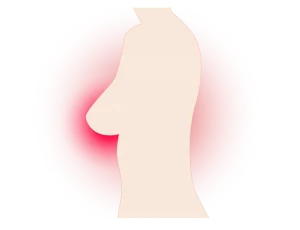Featured Products
- In-Stock Tumor Cell Lines
- Human Orbital Fibroblasts
- Human Microglia
- Human Pulmonary Alveolar Epithelial Cells
- Human Colonic Fibroblasts
- Human Type II Alveolar Epithelial Cells
- Human Valvular Interstitial Cells
- Human Thyroid Epithelial Cells
- C57BL/6 Mouse Dermal Fibroblasts
- Human Alveolar Macrophages
- Human Dermal Fibroblasts, Adult
- Human Lung Fibroblasts, Adult
- Human Retinal Muller Cells
- Human Articular Chondrocytes
- Human Retinal Pigment Epithelial Cells
- Human Pancreatic Islets of Langerhans Cells
- Human Kidney Podocyte Cells
- Human Renal Proximal Tubule Cells
Primary Cells
Explore Products



 Human Parental Breast Cancer Stem Cells are mainly derived from breast cancer tissues. These cells have the potential for self-renewal and multidirectional differentiation, and are considered to be key drivers of tumorigenesis, metastasis, drug resistance and recurrence. Morphologically, they are often round or oval, relatively small in size, with a high nuclear-to-cytoplasmic ratio and prominent nucleoli. Karyotype analysis often reveals chromosomal instability. Common mutations include TP53, PIK3CA, and BRCA1/2. They express stemness markers such as Oct-4 and Nanog. They can differentiate into luminal epithelial and myoepithelial cells. These cells are particularly relevant in triple-negative breast cancer models, ideal for studying tumorigenesis and therapy resistance.
Human Parental Breast Cancer Stem Cells are mainly derived from breast cancer tissues. These cells have the potential for self-renewal and multidirectional differentiation, and are considered to be key drivers of tumorigenesis, metastasis, drug resistance and recurrence. Morphologically, they are often round or oval, relatively small in size, with a high nuclear-to-cytoplasmic ratio and prominent nucleoli. Karyotype analysis often reveals chromosomal instability. Common mutations include TP53, PIK3CA, and BRCA1/2. They express stemness markers such as Oct-4 and Nanog. They can differentiate into luminal epithelial and myoepithelial cells. These cells are particularly relevant in triple-negative breast cancer models, ideal for studying tumorigenesis and therapy resistance.